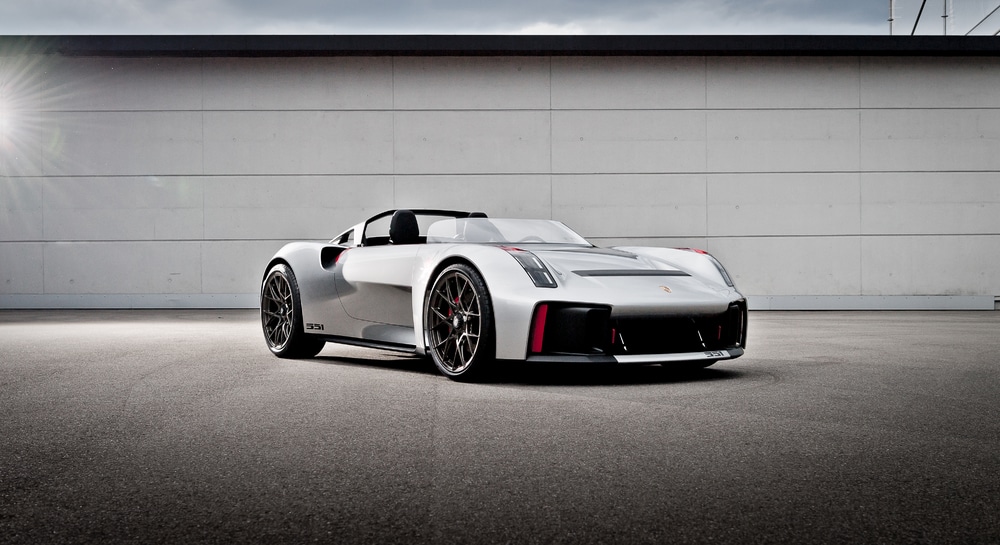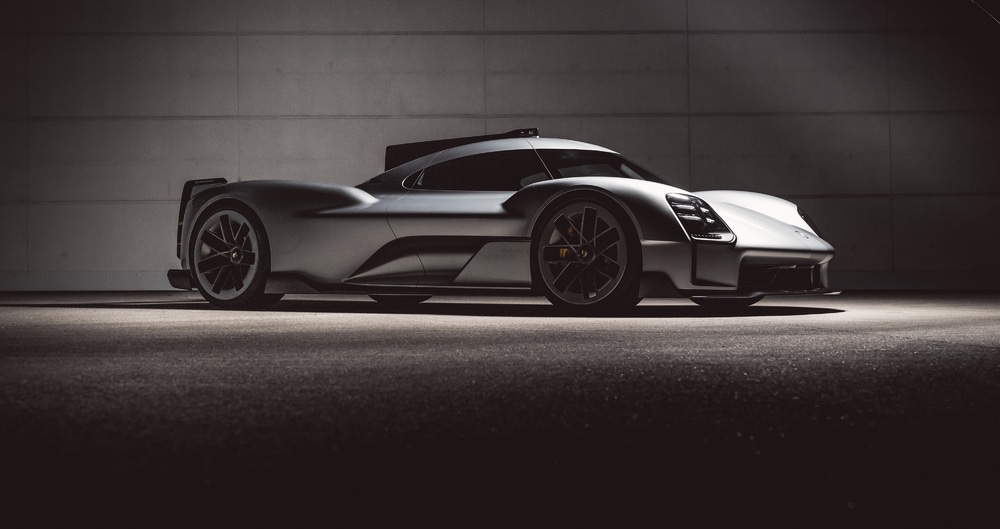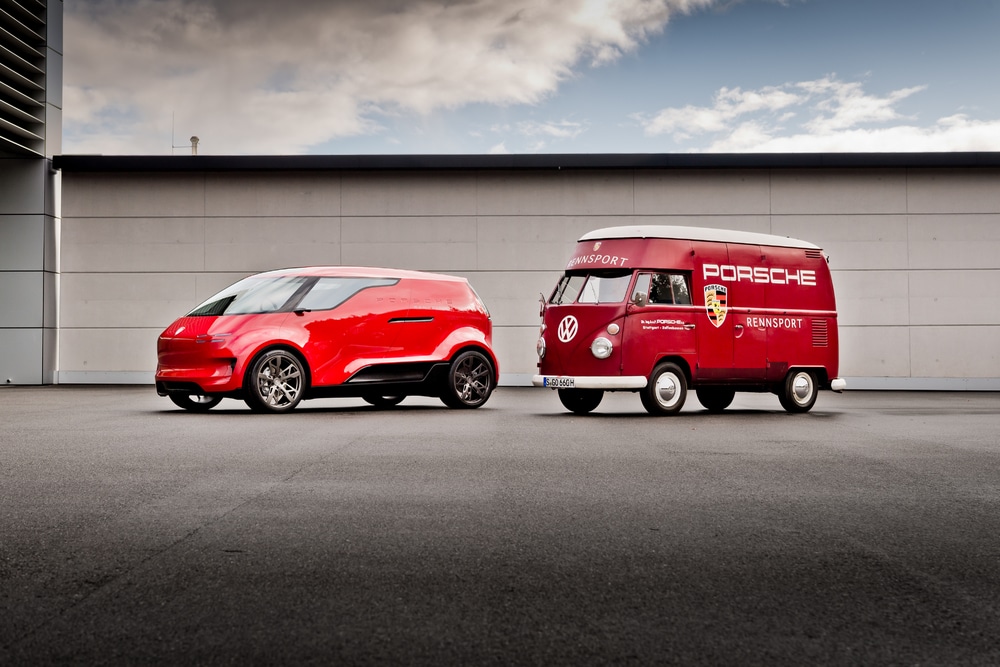ROLLS-ROYCE MOTOR CARS REPORTS RECORD ANNUAL RESULTS FOR 2021
In 2021, Rolls-Royce Motor Cars delivered the highest-ever annual sales results in the marque’s 117-year history. The company delivered 5,586 motor cars to clients around the world, up 49% on the same period in 2020. This overall figure includes all-time record sales in most regions, including Greater China, the Americas and Asia-Pacific, and in multiple countries across the globe.

- Rolls-Royce Motor Cars reports record 2021 sales, up 49% on the same period in 2020
- Highest sales in the marque’s 117-year history
- All-time records set in most sales regions, including Greater China, the Americas and Asia-Pacific, and in multiple countries across the world
- High demand for all models, particularly Ghost and Cullinan
- Rolls-Royce is undisputed leader in the +€250k segment
- Orders extend into third quarter of 2022; Bespoke commissions also at record levels
- Record intake for Apprenticeship Programme: 37 apprentices join in September 2022
“2021 was a phenomenal year for Rolls-Royce Motor Cars. We delivered more cars than at any time in the marque’s 117-year history with unprecedented demand for all products in every global market. Our extremely strong product portfolio, an exceptional Bespoke offering, together with the first full year of availability of Ghost, the launch of Black Badge Ghost in October and the continuing record demand for Bespoke personalisation, has contributed meaningfully to our extremely strong performance. This is hugely encouraging as we prepare for the historic launch of Spectre, our first all-electric car. Building on this year’s success, we will continue to evolve as a true luxury brand, beyond the realms of automotive manufacturing.”
Torsten Müller-Ötvös, Chief Executive Officer, Rolls-Royce Motor Cars
In 2021, Rolls-Royce Motor Cars delivered the highest-ever annual sales results in the marque’s 117-year history.
The company delivered 5,586 motor cars to clients around the world, up 49% on the same period in 2020. This overall figure includes all-time record sales in most regions, including Greater China, the Americas and Asia-Pacific, and in multiple countries across the globe.
All Rolls-Royce models performed extremely strongly. Growth has been driven principally by Ghost, with demand surging further, following the launch of Black Badge Ghost in October 2021. This, together with the continuing pre-eminence of Cullinan and the marque’s pinnacle product, Phantom, has ensured order books are full well into the third quarter of 2022. The company’s Provenance (pre-owned) programme also enjoyed exceptional sales results in 2021, achieving an all-time record.
Bespoke commissions remain at record levels, with magnificent individual examples including the spectacular Phantom Oribe co-created with Hermès, alongside the Phantom Tempus, and Black Badge Wraith and Black Badge Dawn Landspeed Collection cars. The company signalled its commitment to leading a new contemporary coachbuilding movement with Rolls‑Royce Coachbuild becoming a permanent fixture in its future portfolio, and with it the unveiling of its latest coachbuilt masterpiece, Boat Tail.
Rolls-Royce also announced its first all-electric car, Spectre, during 2021. The extraordinary undertaking of bringing Spectre to market by the fourth quarter of 2023 has now begun, and the most punishing testing protocol ever conceived for a Rolls‑Royce is underway. This 2.5‑million-kilometre journey, which extends to all four corners of the world, will simulate more than 400 years of use for a Rolls‑Royce.
While preparations are made for the marque’s all-electric future, Rolls-Royce continues to meet the surge in demand for its current portfolio through a flexible manufacturing process and the dedication of the over 2,000 people who work at the Home of Rolls-Royce in Goodwood, West Sussex and around the world. The Rolls-Royce factory at Goodwood is currently running at near-maximum capacity, on a two-shift pattern to fulfil orders from clients around the world.
Rolls-Royce will continue to invest in its manufacturing plant in readiness for electrification, and in future talent, with a record 37 new apprentices set to join the company in September 2022.
Reflecting on the results, CEO Torsten Müller-Ötvös said, “This has been a truly historic year for Rolls-Royce Motor Cars. In the past 12 months, we have recorded our highest-ever annual sales, launched the latest addition to our Black Badge family, stunned the world with our coachbuilding capabilities and made huge strides into our all-electric future.
“As always, it has been made possible by the dedication and commitment of the extraordinary people at the Home of Rolls-Royce, our international team and our global dealer network. I wish to extend my thanks and congratulations to each and every one of them: it is my privilege and pleasure to work alongside them every day.”
CO2 EMISSIONS & CONSUMPTION.
Phantom: NEDCcorr (combined) CO2 emission: 329-328 g/km; Fuel consumption: 19.5-19.6 mpg / 14.5-14.4 l/100km. WLTP (combined) CO2 emission: 356-341 g/km; Fuel consumption: 18.0-18.8 mpg / 15.7-15.0 l/100km.
Phantom Extended: NEDCcorr (combined) CO2 emission: 329-328 g/km; Fuel consumption: 19.5-19.6 mpg / 14.5-14.4 l/100km. WLTP (combined) CO2 emission: 356-341 g/km; Fuel consumption: 18.0-18.8 mpg / 15.7-15.0 l/100km.
Ghost: NEDC (combined): CO2 emission: 343 g/km; Fuel consumption: 18.8 mpg / 15.0 l/100km. WLTP (combined): CO2 emission: 347-359 g/km; Fuel consumption: 17.88 – 18.58 mpg / 15.2-15.8 l/100km.
Black Badge Ghost: NEDCcorr (combined) CO2 emission: 359 g/km; Fuel consumption: 15.8 mpg / 18.0 l/100km. WLTP (combined) CO2 emission: 359 g/km; Fuel consumption: 17.9 mpg / 15.8 l/100km.
Black Badge Wraith: NEDCcorr (combined) CO2 emission: 367 g/km; Fuel consumption: 17.5 mpg / 16.1 l/100km. WLTP (combined) CO2 emission: 370-365 g/km; Fuel consumption: 17.2-17.4 mpg / 16.4-16.2 l/100km.
Black Badge Dawn: NEDCcorr (combined) CO2 emission: 371 g/km; Fuel consumption: 17.3 mpg / 16.3 l/100km. WLTP (combined) CO2 emission: 382-380 g/km; Fuel consumption: 16.7-16.9 mpg / 16.9-16.8 l/100km.
Cullinan: NEDCcorr (combined) CO2 emission: 341 g/km; Fuel consumption: 18.8 mpg / 15.0 l/100km. WLTP (combined) CO2 emission: 377-355 g/km; Fuel consumption: 17.0-18.1 mpg / 16.6-15.6 l/100km.










